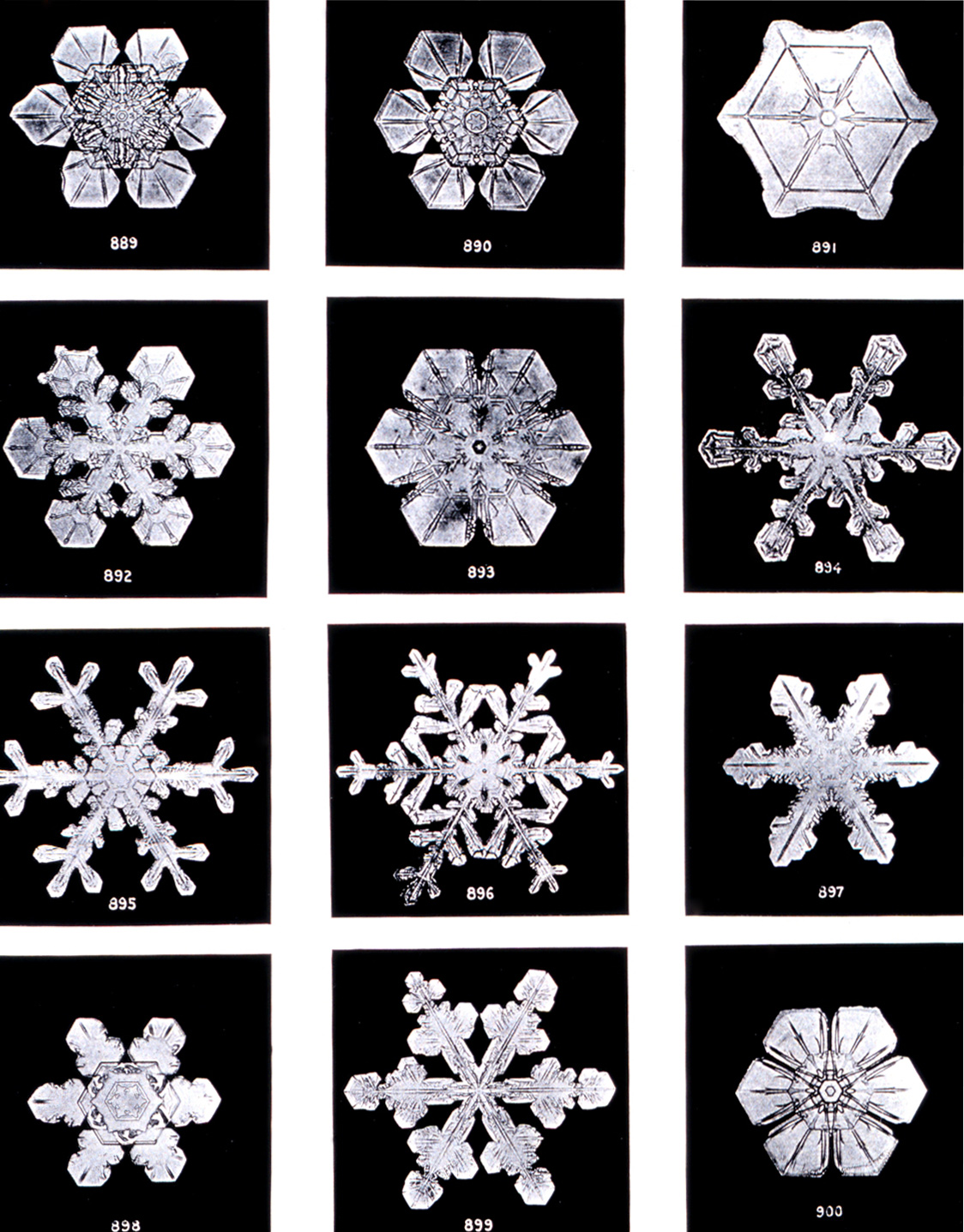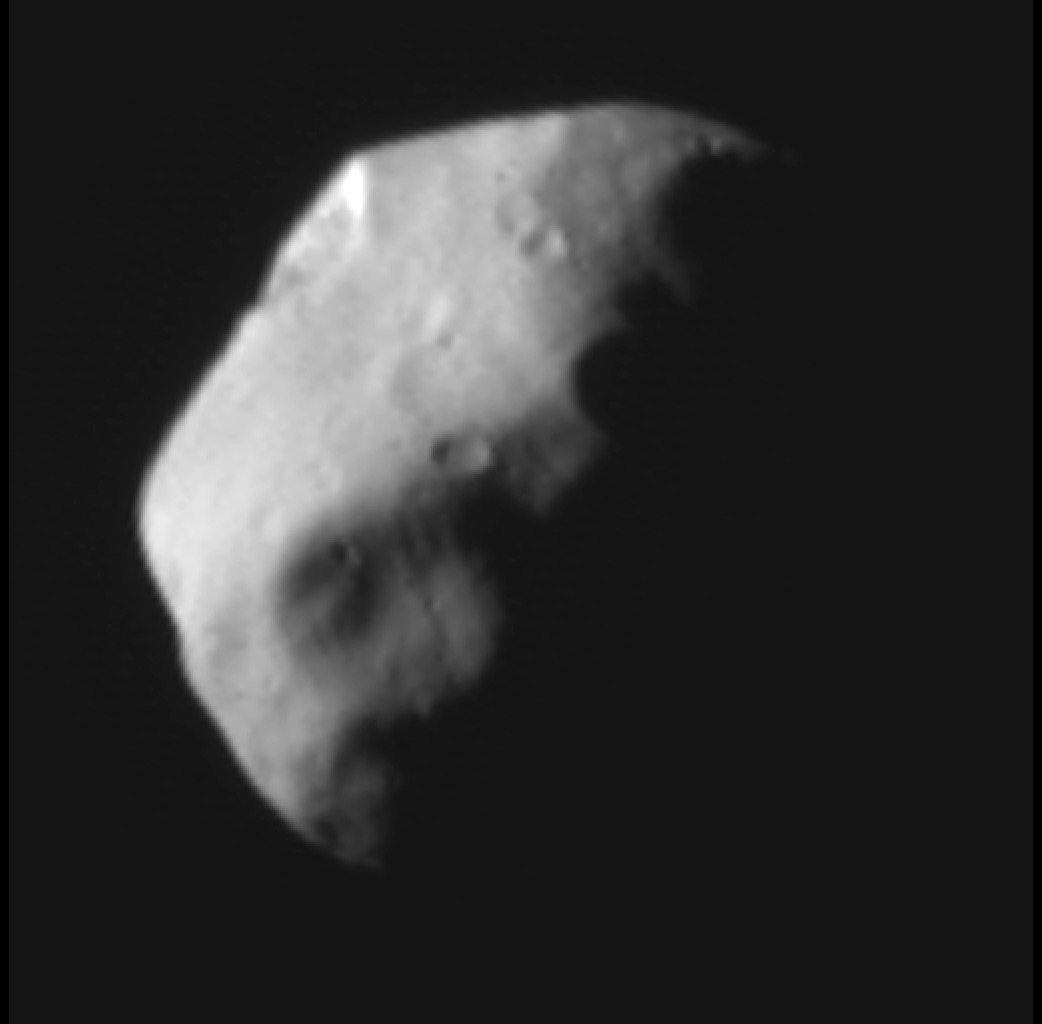
February 17, 2017, by Brigitte Nerlich
Something for nothing
This is a blog post about nothing in particular. It’s more a stream of thoughts and associations… But in the end I’ll be talking about Kepler and snowflakes and Pluto and its moon.
Nix
The other day I was talking to my sister. She asked in German whether I had an idea for my next blog post. I said, in (sort of) Low German: “Nee, keine Ahnung! Nix!” (No, no idea! Nothing!). Half an hour later, I was reading a copy of New Scientist and came across a lovely item on Wilson A. Bentley’s snowflakes. Then, in the evening, when reading Philip Ball’s book Curiosity: How Science Became Interested in Everything, I learned about Johannes Kepler’s work on snowflakes. Hmmm, I thought. I have written about worms as the work-horses of science, science communication and public engagement with science; perhaps I should write something about snowflakes (no, not those!), before the winter is over. So I first looked a bit more closely at Kepler. What follows is, even compared to my usual posts, rather derivative. I sometimes say that my blogging is like ‘knitting with hyperlinks’. Let’s get knitting, starting with Kepler and snowflakes.
Nix
I won’t summarise Kepler’s work on snowflakes in detail, as others, like Thony Christie and Philip Ball, have done this much better than I ever could. Anyway, in 1611 Johannes Kepler, best known for his work on planetary motion, wrote an essay Strena Seu de Nive Sexangula (A New Year’s Gift of Hexagonal Snow, also known as On the Six-Cornered Snowflake). It was a News Year’s gift “to the German scholar Johannes Matthäus Wackher von Wackenfels” – what a name!
This is considered to be “the first work that analyses and describes the structure of crystals”. When reading a blog post about this essay, one passage caught my eye: “In naming his essay, Kepler consciously played with words and made a pun with the word nix: In Latin, the language in which he composed the essay, the word means ‘snowflake,’ but in Low German, Kepler’s native tongue, it means ‘nothing.’ At its core, the essay functions as a meditation on the nature of substance: if a snowflake, crafted of water vapor, melts momentarily, is it anything at all?”
Another blog post states: “Kepler grew increasingly enamored and obsessed over the six-sided crystals, but lacking our knowledge of atomic theory, was never able to come up with an answer as to why they followed the six-sided rule. He did have some interesting ideas, though.” The post goes on to say: “Here’s where Kepler flexed his poetic muscles. He was, in a sense, giving his royal sponsors nothing, failing at his attempts to solve the frozen riddle. Germans would say that he was giving them ‘nichts.’ Instead, in Latin, he wrote that he was giving them ‘nix’.” And ‘nix’, of course, is Latin for snow.”
After reading this, I thought: Kepler speaks my (Low German) language – he even likes puns and wordplay. Isn’t that great! I felt a real connection with this guy! And I learned something I didn’t know before.
I bet Kepler would have loved to assist photographer Wilson “Snowflake” Bentley, who, according to New Scientist, “perfected the process of catching snowflakes on a blackboard, transferring them to a microscope slide and capturing them on camera. Armed with this technique, he took the first photograph of a single snowflake in 1885, and amassed more than 5000 images this way over the course of his life.” I also assume that he’d have loved to be in possession of “a specially-designed snowflake photomicroscope” to look at nothing even more closely than he was ever able to do!
Nix
While happily googling along about snowflakes, I somehow ended up in the heavens. That was perhaps no coincidence, as, as a child, I always thought that snowflakes were miniature ‘Sternschnuppen’ or shooting stars that had fallen down to earth. And, of course, Kepler, was not only interested in snowflakes. So here goes.
Those who read my blog know that I sometimes venture into space and that I got a bit excited when the spacecraft New Horizons flew past Pluto. However, I now discovered that New Horizons also took new pictures of ‘Nix’, one of Pluto’s moons, previously seen by the Hubble Space Telescope, one of many space telescopes that Kepler (who gave his name to one of them), would also have loved to use for his own research (coincidentally, he published work on telescopic optics after using a powerful new telescope in 1611, the year of the snowflake study).
Nix is one of Pluto’s natural satellites and was discovered by the Hubble Space Telescope Pluto Companion Search Team in 2005, alongside Hydra, another satellite. Pluto has, in fact, five moons, Charon, Styx, Nix, Kerberos, and Hydra (or rather it’s a binary system with Pluto and Charon as it’s moon, together with four tiny satellites). In July 2015 New Horizons flew through the Pluto system and took some pictures and explored Nix (see Wikipedia). Here is an image of Nix, half-illuminated.
But why is it called (spelled) “Nix’?
According to Wikipedia, the “formal name ‘Nix’, from the Greek goddess of darkness and night and mother of Charon (ferryman of Hades), was announced on 21 June 2006 on IAU Circular 8723, where the designation Pluto II is also given. The initials N and H, for Nix and Hydra, come from ‘New Horizons’. The original proposal was to use the classical spelling Nyx, but to avoid confusion with the asteroid 3908 Nyx, the spelling was changed to Nix.”
Interestingly, Wikipedia continues by saying, as many others do, that Jürgen Blunck explained this spelling as the ‘Spanish translation’ of the Greek name in his 2009 book Solar System Moons: Discovery and Mythology (2009: 129). However, I also found that in 2006 the “USGS Gazetteer of Planetary Nomenclature states that Nix is the ‘Egyptian spelling'”.
I leave you with this linguistic puzzle! I have nothing to say about that!
PS. Seven years after writing this blog post, the science writer and astrophysicist Leila Belkora alerted me to a post on Bluesky by Floris Winkel that said: “I have an article out 🙂 It’s a deep dive into a series of snowflake images made by James and Cecilia Glaisher in 1855. I talk about this couple’s work in my dissertation, but their stunning drawings deserved separate treatment.” Here is the fascinating article about the endlessly fascinating topic of snowflakes.
No comments yet, fill out a comment to be the first



Leave a Reply